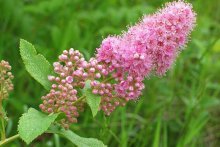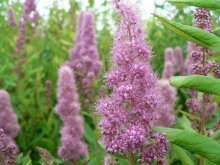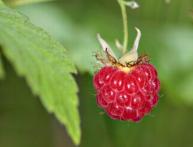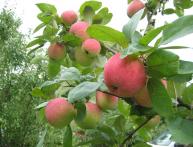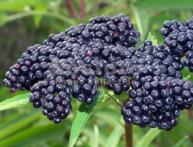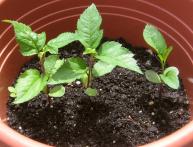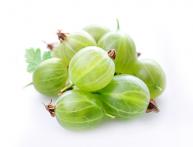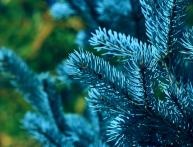Douglas spirea: botanical description, growing conditions and care
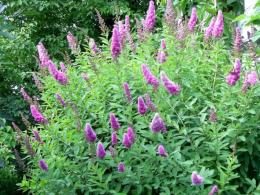
Spiraea are perennial deciduous shrubs from the Rosaceae family. In floriculture, the most valued species are those that bloom on the shoots of the current year. Their main advantage is abundant and fairly long flowering and undemanding conditions. growing. One such species is Douglas spirea.
Content:
- Botanical description of Douglas spirea
- Growing conditions and basic care measures
- Reproduction methods
Botanical description of Douglas spirea
Spirea Douglas or Meadowsweet is an upright growing deciduous shrub up to 1.5 meters high. In its natural form, this species is found in marshy areas in western North America. It is characterized by slightly pubescent shoots with reddish-brown bark. The leaves are oblong, lanceolate.
Their length ranges from 5 to 10 cm. The bottom of the leaf blades is covered with white felt pubescence. Inflorescences are paniculate, deep pink in color, located on the tips of the shoots.
The flowering period of Douglas spirea lasts about 1.5 months. It falls in mid-July and September. The plant acquires the ability to bloom from the age of 3-4 years. In landscape design, this type of spirea is valued for its long flowering period and spectacular inflorescences. It looks especially beautiful against the backdrop of lawns, forest edges and along garden paths.
Growing conditions and basic care measures
Open sunny areas with turf soils are best suited for placing Douglas spirea. This culture also does well in light partial shade. The more fertile the soil, the more lush and better this shrub develops. In this case, the soil acidity level should be in the range from 6.1 to 7.8 units.
Landing
Landing It is best to transplant meadowsweet to a permanent place in early spring before intensive growth begins or in September. In this case, planting work is best planned for rainy, cloudy weather.
If the plant is planned to be used to create hedges, then the distance between the bushes should be about 40-50 cm in rows and 30-40 cm in rows. When creating separately growing groups, the bushes are placed at a distance of 70-100 cm from each other.
The average size of the planting hole should be approximately one third larger than the size of the root system. Its depth should be from 40 to 50 cm. When placing a seedling in a hole, its root collar should be at the level of the soil surface. At the bottom it is also advisable to arrange a layer of drainage made of broken bricks, sand or similar materials.
Care
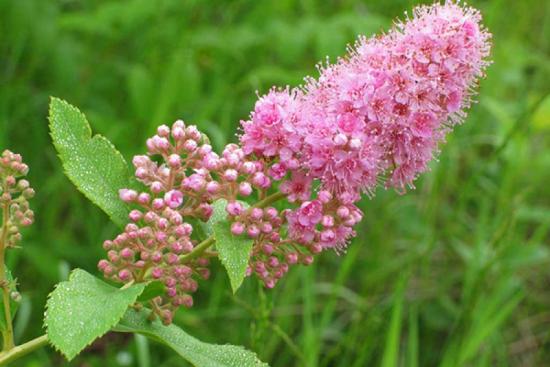
The main care for meadowsweet consists of periodic feeding and watering during dry periods. The bushes are fed for the first time in early spring. For this you can use any complex mineral fertilizer. It should be diluted according to the attached instructions.
Also, spirea responds quite well to the addition of organic matter and potassium monophosphate. Mulching the soil surface with rotted sawdust or leaf compost is also beneficial for meadowsweet.
Water Spiraea should be used in moderation. Do not allow the soil to flood or dry out.After irrigation, the soil surface is loosened, and weeds are also removed. When caring for spirea, it is advisable to perform pruning. It is carried out within the following time frames:
- In the spring until the buds open. During it, old shoots are removed and younger ones are shortened.
- After the end of the flowering period. At this moment, the tops with faded inflorescences are removed.
- In autumn. Performed if bush rejuvenation is necessary. In this case, the old shoots are simply cut off to the stump.
Winter shelter
Douglas spirea is a fairly winter-hardy plant. It can withstand temperatures down to -28°C without any problems. Therefore, in most cases, it does not need to build additional winter shelter.
But in some particularly frosty and snowless winters, slight freezing of the bushes can still be observed. To help such damaged plants recover, they are fertilized with nitrogen-containing fertilizers in the spring.
Reproduction methods
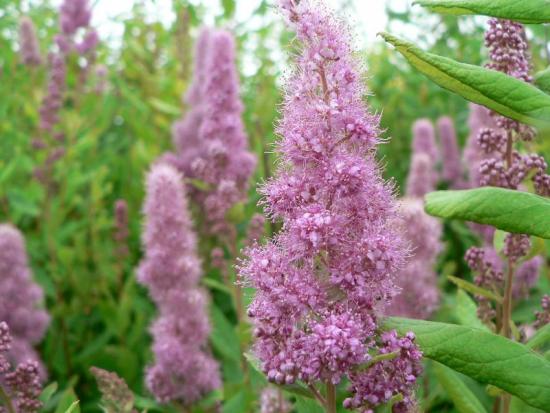
Douglas spirea is easily propagated in the following ways:
- cuttings
- dividing the bush
- layering
- using seeds
By cuttings. For propagation, you can use both green and semi-lignified cuttings. The best time to harvest planting material is mid-summer.
To root cuttings, use a loose and sufficiently moisture-intensive substrate. It is prepared from peat and river sand mixed in a 1:1 ratio. A prerequisite for rooting cuttings is fairly high air humidity. This is achieved by frequent spraying and watering.
By layering. To propagate meadowsweet by layering in the spring, its lower branches are bent and pinned to the ground. Rooting of such a shoot usually occurs by the spring of next year.After which you can begin planting young plants.
Dividing the bush. The fastest way to get quite a large number of bushes. It is best to divide in the spring before the buds begin to open. Strongly overgrown bushes are carefully dug up and, using a sharp shovel or knife, divided into sections. The resulting plants are planted. At first, they should be watered more abundantly.
Reproduction is less commonly used spirea seed method. This is due to the long period of growing planting material. Growing Douglas spirea in your garden is not at all difficult. This shrub does not require special agrotechnical measures or winter shelter.
Video about a beautiful shrub - spirea:

